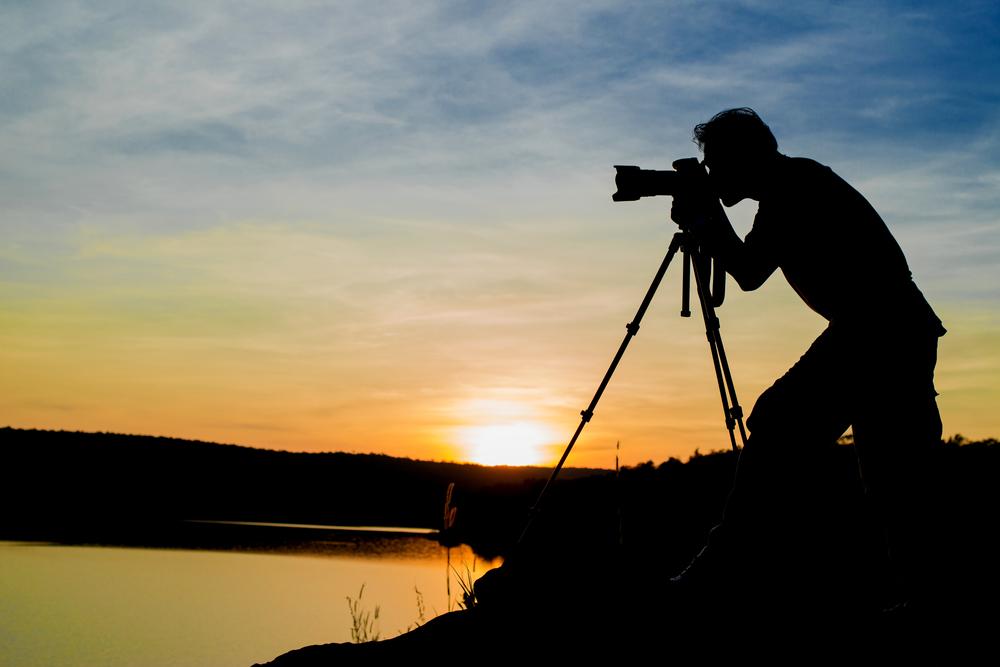3 Important Elements To Master The Art Of Photography
3 important elements to master the art of photography
Photography is nothing short of an art form, which is why understanding the basics before you can even think of buying a professional grade camera for practice is essential. The right equipment, coupled with the right set of skills will help you go a long way and maybe one day even enable you to make a living out of taking pictures and auctioning or selling it to stock photo agencies.

A Digital Single Lens Reflex or DSLR camera is the best and basic equipment in professional photography to get started with the basic camera and photo concepts. Three very important points to understand while taking a picture include the shutter speed, aperture, and ISO (light sensitivity).
Shutter speed
- The shutter speed refers to the movement of shutter elements in a professional grade camera that allows you to capture different types of images.
- It refers to the time taken by the shutter to open and shut, allowing the light to fall on camera sensors for the image to be created.
- Low shutter speed and high shutter speed images can be achieved by moderating the shutter snap. The concept behind shutter speed is quite simple, the longer the duration of which shutter remains open, more is the time allowed for light to enter and create the image on sensors and vice versa.
- High shutter speed will allow photographers to capture high-speed images, like a race car or any fast moving object without the image getting blurred.
- Low-speed shutter imaging allows for standard photography, with the universal shutter speed set at 60 which is 1/60th of a second to capture the image.
Aperture
- While shutter speed controls the duration for which light can enter, aperture controls the amount of light which is permitted on the sensors. This will determine whether the captured image is too bright or too dark, depending on the aperture settings.
- Aperture has to be adjusted according to different lighting conditions to capture a perfectly created image, which is not too bright or dark without compromising any of the elements within the frame.
- Aperture also controls the depth of field which also modulates the foreground and background objects composed within the frame.
- Higher the aperture setting more will be the depth of field allowing decreased focus on a particular object and vice versa.
- A shallower depth of field will allow more focus on the foreground objects, by blurring the background.
ISO
- Also referred to as light sensitivity, the ISO is adjusted keeping in mind shutter speed and aperture to determine the perfect exposure for any image.
- In simple terms, the sensor will not be very sensitive to light with a low ISO number as opposed to a higher number that indicates high sensitivity.
When shutter speed, ISO, and aperture are all combined, the exposure levels can be modified with ease to find the perfect balance between all colors. It takes a considerable amount of time and practice to find the right balance between all three after understanding the theory of all camera and photo concepts.
It is also important to understand the composition of any camera and photo shot since what will be included within the frame will determine aspects like shutter speed, aperture, and ISO settings after the proper white balance has been done. White balance is done to produce true RGB colors for the image by calibrating the camera settings to pure white color composition preset.
The composition also depends on camera and photo concepts like rule of thirds, looking direction, head room, nose room and distance from the object you want to capture. This will again depend on the type of object or type of landscape you want to capture in your frame and composition.